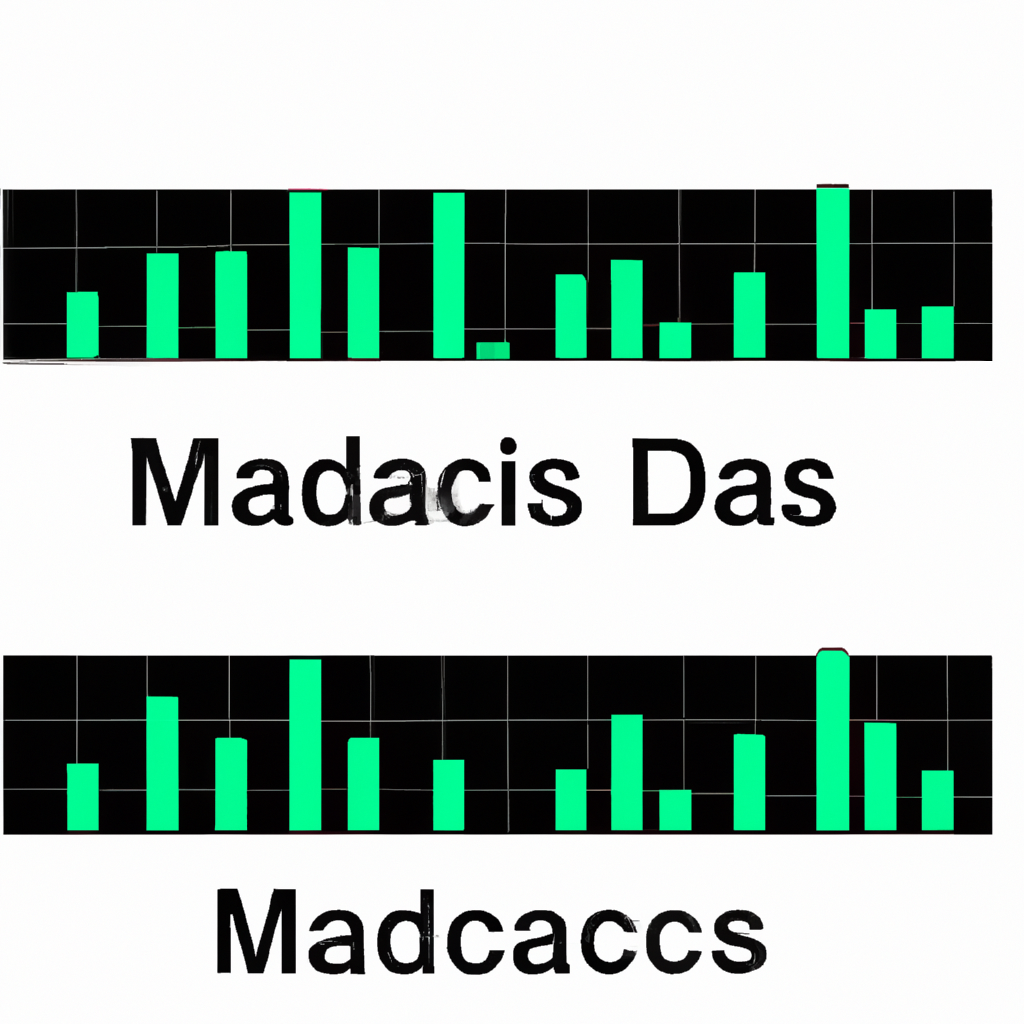
MACD Indicator Signals: A Comprehensive Guide
Introduction
The Moving Average Convergence Divergence (MACD) is a popular technical analysis indicator used by traders to identify potential trends and generate buy or sell signals. Developed by Gerald Appel in the late 1970s, the MACD indicator has become an essential tool for both novice and experienced traders in the financial markets.
Understanding the MACD Indicator
The MACD indicator consists of three components:
- MACD Line: This line represents the difference between the 26-day exponential moving average (EMA) and the 12-day EMA.
- Signal Line: The signal line is a 9-day EMA of the MACD line. It helps to smooth out the MACD line and generate trading signals.
- Histogram: The histogram is derived from the difference between the MACD line and the signal line. It provides visual representation of the convergence and divergence of these two lines.
Interpreting MACD Signals
MACD signals are generated through the interaction between the MACD line and the signal line. Traders typically look for two types of signals: crossovers and divergences.
Crossovers
Crossovers occur when the MACD line crosses above or below the signal line. These crossovers indicate potential shifts in market momentum and can provide buy or sell signals.
- Bullish Crossover: A bullish crossover happens when the MACD line crosses above the signal line. This suggests that the price may be entering an uptrend, and it is a signal to buy.
- Bearish Crossover: A bearish crossover occurs when the MACD line crosses below the signal line. It signifies a potential downtrend and may be considered a sell signal.
Divergences
Divergences occur when the MACD indicator deviates from the price action. These can indicate potential trend reversals or the weakening of an existing trend.
- Bullish Divergence: A bullish divergence occurs when the price makes lower lows, but the MACD indicator forms higher lows. This suggests that selling pressure may be diminishing, signaling a possible trend reversal or a continuation of an uptrend.
- Bearish Divergence: A bearish divergence takes place when the price makes higher highs, but the MACD indicator forms lower highs. This indicates a potential weakening of the uptrend and may be a signal to consider selling.
Using MACD Signals in Trading Strategies
Traders often combine MACD signals with other technical indicators or price patterns to confirm their trading decisions. Some common strategies include:
- MACD and Moving Average Crossovers: Traders may use the MACD crossover with a longer-term moving average, such as the 200-day SMA, to confirm trends and generate stronger buy or sell signals.
- MACD and RSI: Combining the MACD with the Relative Strength Index (RSI) can help identify overbought or oversold conditions. When both indicators give similar signals, it can increase the reliability of the trade.
- MACD and Support/Resistance Levels: Traders may look for MACD crossovers or divergences near key support or resistance levels to confirm potential reversals or trend continuations.
Conclusion
The MACD indicator is a versatile tool for traders to identify potential trends, reversals, and generate buy or sell signals. By understanding the different types of MACD signals and incorporating them into a comprehensive trading strategy, traders can enhance their decision-making process and increase the probability of successful trades.





